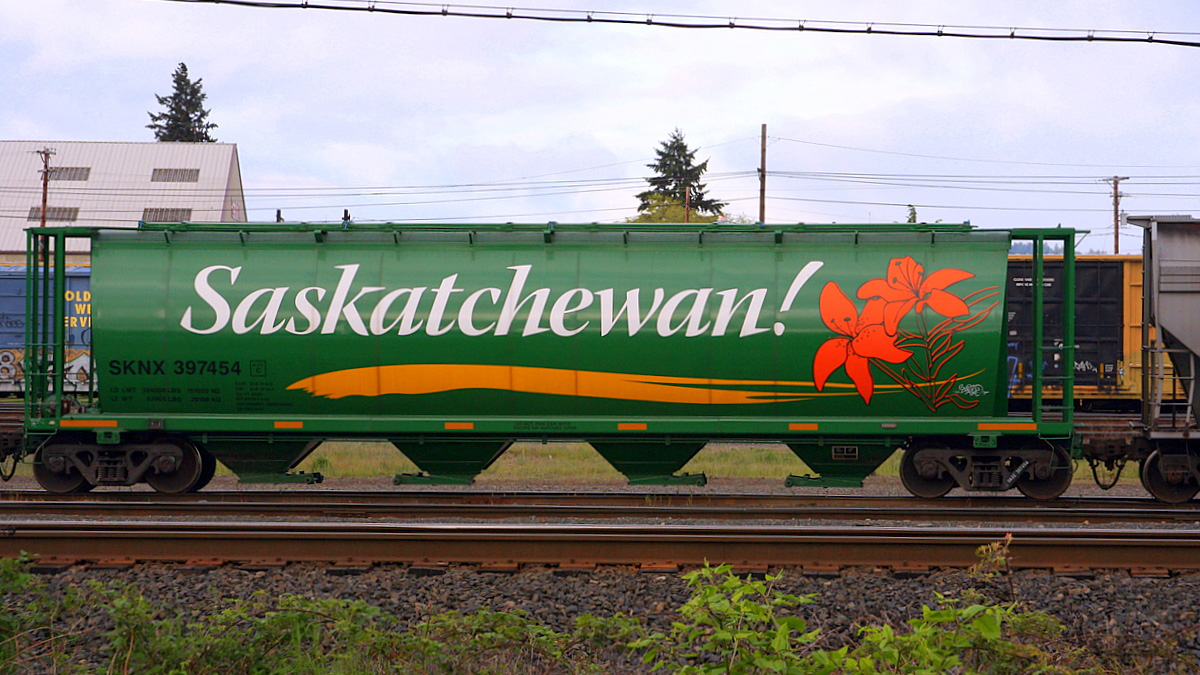 Image Courtesy of Bruce Fingerhood
Image Courtesy of Bruce FingerhoodIt isn’t the 80s anymore; everyone should know the dangers of HIV and AIDS, and measures of education, prevention, and treatment should be in place to combat the debilitating illness.
Yet, in Saskatchewan, the problem is as rampant as ever, as a number of the province’s top doctors called for a state of medical emergency regarding the rapidly growing HIV rate throughout the province. Saskatchewan’s HIV rates are nearly twice the national average and have increased significantly every year since the early 2000s. There is a need to recognize issues such as this HIV crisis in Saskatchewan and implement measures towards education and prevention before the issue spirals so out of control.
One of the underlying issues at hand is the prevalence of HIV on First Nations reservations — some being higher than some third world nations. Data taken from the Public Health Agency of Canada as far back as 2012 show the HIV rates of the Ahtahkakoop First Nation (3.5 per cent of the population infected and 17 times the national average) as being higher than Nigeria (3.17 per cent infected). The most devastating part about this statistic is that these numbers may be much higher with a large population being unaware of their HIV status.
With the pride Canada takes upon its healthcare system and the resources it provides, such health issues should not be so prevalent. Lack of access to the proper resources on the reserves in Saskatchewan is a primary factor, with testing and drug treatment simply being out of reach, as well as the higher rate of drug abuse on the reserves. A primary mode of exposure to the virus is unsafe drug habits, including sharing needles. With the success of Vancouver’s Insite, we need to take a hard look at Safe Injection Sites and realize the controversial issue of these sites spans more than just the drug use itself. Vancouver has seen HIV rates fall through unsafe injection significantly over the course of the 13 years since the first introduction of Insite. Implementation of safe injection sites, as well as widespread access to HIV testing, medication, and education would be a step in the right direction.
The Saskatchewan government has acted in response to growing HIV concerns, beginning in 2010 with the Saskatchewan HIV Strategy 2010-2014 — a multifaceted health plan that focused on the community engagement and education, prevention, testing, and control of HIV throughout the province.
However, by the time 2010 rolled around, Saskatchewan already had rates double the Canadian average. If tackled earlier and more aggressively, these already implemented measures would have had a positive effect — the SKHIV Strategy did see a drop in the number of HIV cases, if albeit only briefly, with 44 new cases of HIV appearing in 2015.
Currently, Saskatchewan is working toward the goals of the United Nation’s 90-90-90 initiative by 2020, entailing 90 per cent of the infected population would know they were HIV positive, 90 per cent would be on antiretrovirals, and 90 per cent of the provinces HIV positive population would be undetectable. Other provincial measures that have been suggested include the building of HIV outreach facilities for communities that would otherwise not have access. These measures are on the right track, focusing on communities that are most at risk and treating individuals who have already contracted the disease.
However, it is frankly unacceptable to wait for so long for action, especially for something that is so irreversible as HIV. While Saskatchewan is making the right steps, it is way too late, especially when we consider the fact that HIV had been on the rise five years before Saskatchewan committed to treating the problem.
It is a province’s duty to make sure their population is safe after all. And while treating the problem as it arises may be a political norm, for health issues, that puts thousands at risk. With hundreds more issues popping up every year, proactivity will not only help treat the people, but minimize the problem before it actually becomes a problem.




